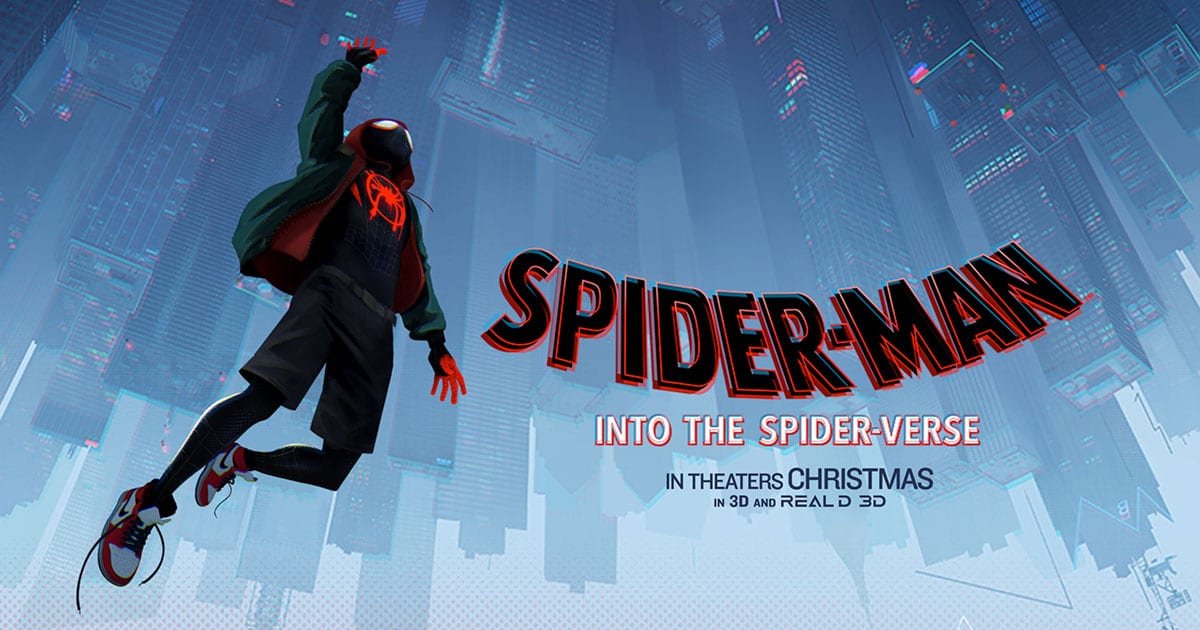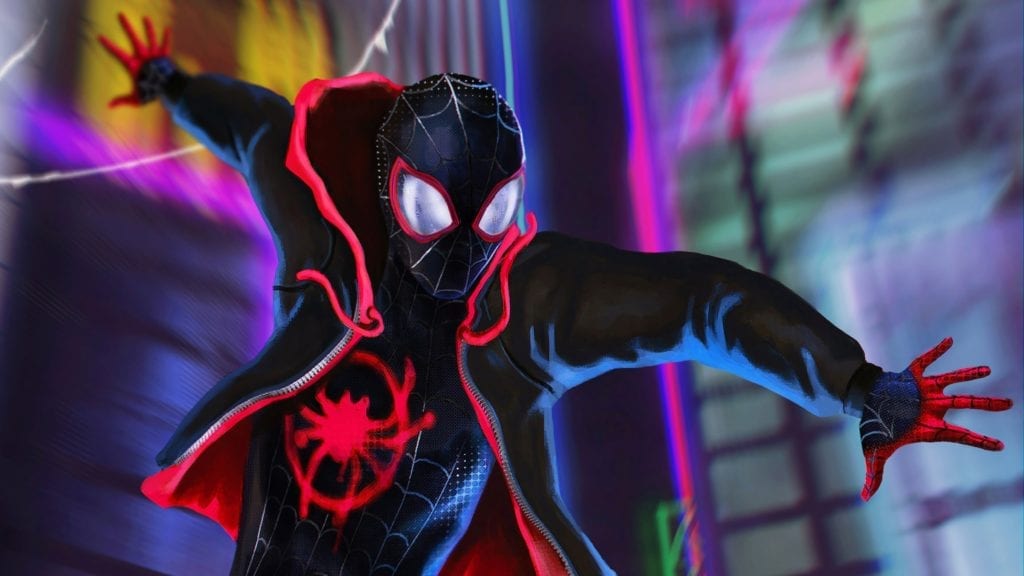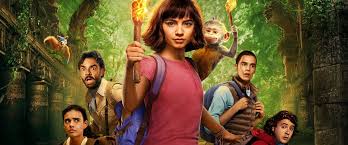 Spider-Man Into the Spider-Verse is the best superhero animated film I?ve ever seen.
Spider-Man Into the Spider-Verse is the best superhero animated film I?ve ever seen.
It?s the best film I?ve seen this year.
It may be the greatest Spider-Man film of all time.
If all of those seem like exaggerations to you, then you haven?t seen the movie for yourself yet. And I?m sorry.
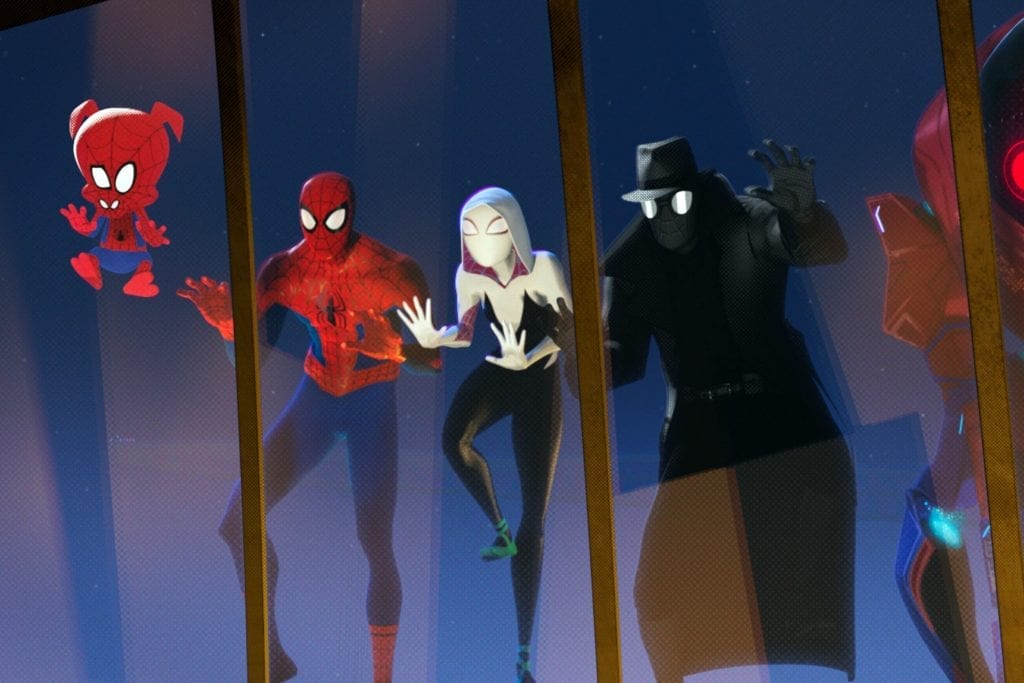 In Spider-Man Into the Spider-Verse, the Sony/Marvel universe is an explosion of styles, colors, story, ethnicities, genders, and heroism that is fun for all ages. As I write this, I?ve just returned from the theater where my two sons and I joined intergenerational families and quite a few adult fans who laughed, cried (?), and cheered their way through a movie spanning different universes of Spider-Man fandom.
In Spider-Man Into the Spider-Verse, the Sony/Marvel universe is an explosion of styles, colors, story, ethnicities, genders, and heroism that is fun for all ages. As I write this, I?ve just returned from the theater where my two sons and I joined intergenerational families and quite a few adult fans who laughed, cried (?), and cheered their way through a movie spanning different universes of Spider-Man fandom.
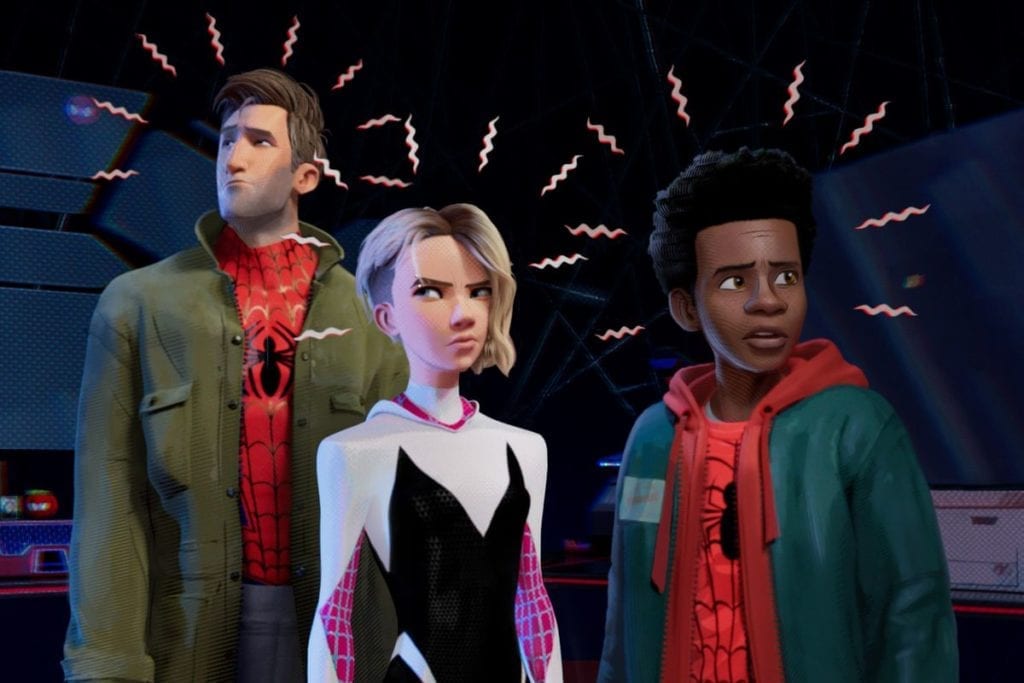 The Shameik Moore-voiced Spider-Man, Miles Morales, is a young black teenager juggling boarding school and his parents, a police officer and a nurse, his uncle (Mahersala Ali), and a new crush (Hailee Steifeld). That?s all before he?s bitten by a robotic spider, before he meets his universe?s Spiderman (Chris Pine), and witnesses as Wilton Fisk?s (Liev Schreiber) particle accelerator brings other universes crashing into his. At that point, Morales goes swinging into a mentorship by another Spider-Man, Peter B. Parker (Jake Johnson), recognizes his new crush is actually Gwen Stacy/Spider-Woman, and meets three other Spider-Mans: Spider-Noir (Nicholas Cage), Spider-Ham (John Mulaney), and anime Peni Parker (Kimiko Glenn).
The Shameik Moore-voiced Spider-Man, Miles Morales, is a young black teenager juggling boarding school and his parents, a police officer and a nurse, his uncle (Mahersala Ali), and a new crush (Hailee Steifeld). That?s all before he?s bitten by a robotic spider, before he meets his universe?s Spiderman (Chris Pine), and witnesses as Wilton Fisk?s (Liev Schreiber) particle accelerator brings other universes crashing into his. At that point, Morales goes swinging into a mentorship by another Spider-Man, Peter B. Parker (Jake Johnson), recognizes his new crush is actually Gwen Stacy/Spider-Woman, and meets three other Spider-Mans: Spider-Noir (Nicholas Cage), Spider-Ham (John Mulaney), and anime Peni Parker (Kimiko Glenn).
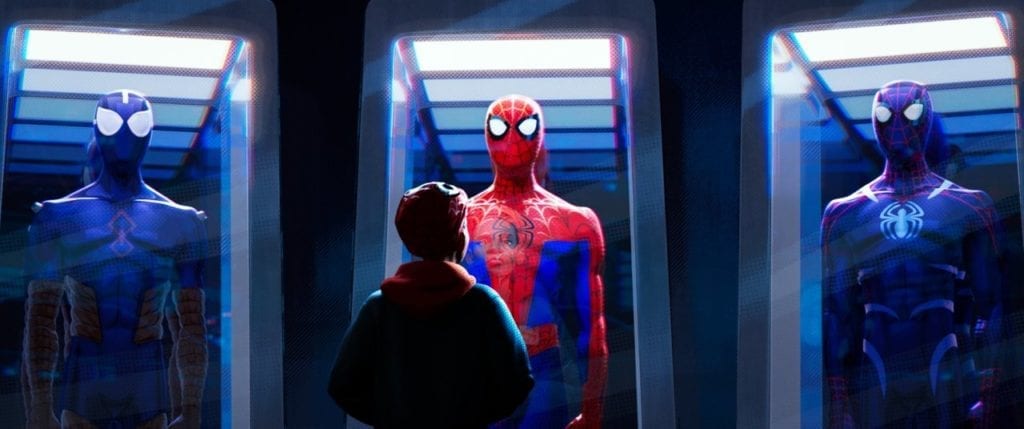 While the plot follows the coming-of-age moments for Morales, it?s also about the way that the different universes are represented in style and story. There?s the obviously lighter-hearted, tongue-in-cheek Spider-Ham, but the black-and-white, Nazi-fighting Spider-Noir and the anime Peni bring a visual menagerie that bursts across the screen. Sure, we have a black Spider-Man with a backstory of tagging and city life balance, but we have an Asian one and if you wait til the post-credit scene, a Hispanic one, too. This is the Spider-Verse where anyone can don the mask and become heroic, as Stan Lee is quoted as saying at the end: ?That person who helps others simply because it should or must be done, and because it is the right thing to do, is indeed, without a doubt, a real superhero.?
While the plot follows the coming-of-age moments for Morales, it?s also about the way that the different universes are represented in style and story. There?s the obviously lighter-hearted, tongue-in-cheek Spider-Ham, but the black-and-white, Nazi-fighting Spider-Noir and the anime Peni bring a visual menagerie that bursts across the screen. Sure, we have a black Spider-Man with a backstory of tagging and city life balance, but we have an Asian one and if you wait til the post-credit scene, a Hispanic one, too. This is the Spider-Verse where anyone can don the mask and become heroic, as Stan Lee is quoted as saying at the end: ?That person who helps others simply because it should or must be done, and because it is the right thing to do, is indeed, without a doubt, a real superhero.?
 This is Morales? determining story arc: can he be more than he thinks he can be? Can his hidden intellect burst forth, and his power of art share his worldview? Can Miles Morales rise up as a teenager to defend his city in the same way that Peter Parker once did? All of the answers are of course, yes. The determining factor in heroism is the person?s selflessness, with a secondary example of being the kind of person who refuses to stay knocked down but who always gets back up. We see it revealed in Morales? decision, the moment when he dons not the store bought kids? version of the Spider-Man uniform but takes on a suit of his own creation, of himself.
This is Morales? determining story arc: can he be more than he thinks he can be? Can his hidden intellect burst forth, and his power of art share his worldview? Can Miles Morales rise up as a teenager to defend his city in the same way that Peter Parker once did? All of the answers are of course, yes. The determining factor in heroism is the person?s selflessness, with a secondary example of being the kind of person who refuses to stay knocked down but who always gets back up. We see it revealed in Morales? decision, the moment when he dons not the store bought kids? version of the Spider-Man uniform but takes on a suit of his own creation, of himself.
Ultimately, we?ve seen the launch of a new thing here, a new Spider-story that we will now be hyped to follow. It?s made me run out for Brian Michael Bendis? (producer credits here) Ultimate Collection on Miles Morales, because there?s something endearing about the story and the possibilities. Spider-Man is the least-cynical of our heroes, someone who lives to serve, to save lives, and to love. But in the Spider-Verse, we also see that Spider-Man is not alone because there are others who understand his story and who recognize the call on their hearts to be heroic. Whether we?re talking about the communion of saints watching over and caring for each other, or the understanding that the Holy Spirit gives us the same power that Jesus does, there are some metanarratives that connect the heroic worldview of the Spider-Verse to our own. And it?s powerful stuff to consider for ourselves and to share with our children.
Spider-Man is back and better than ever before.? The only question that remains is this: will you be Spider-Man?

